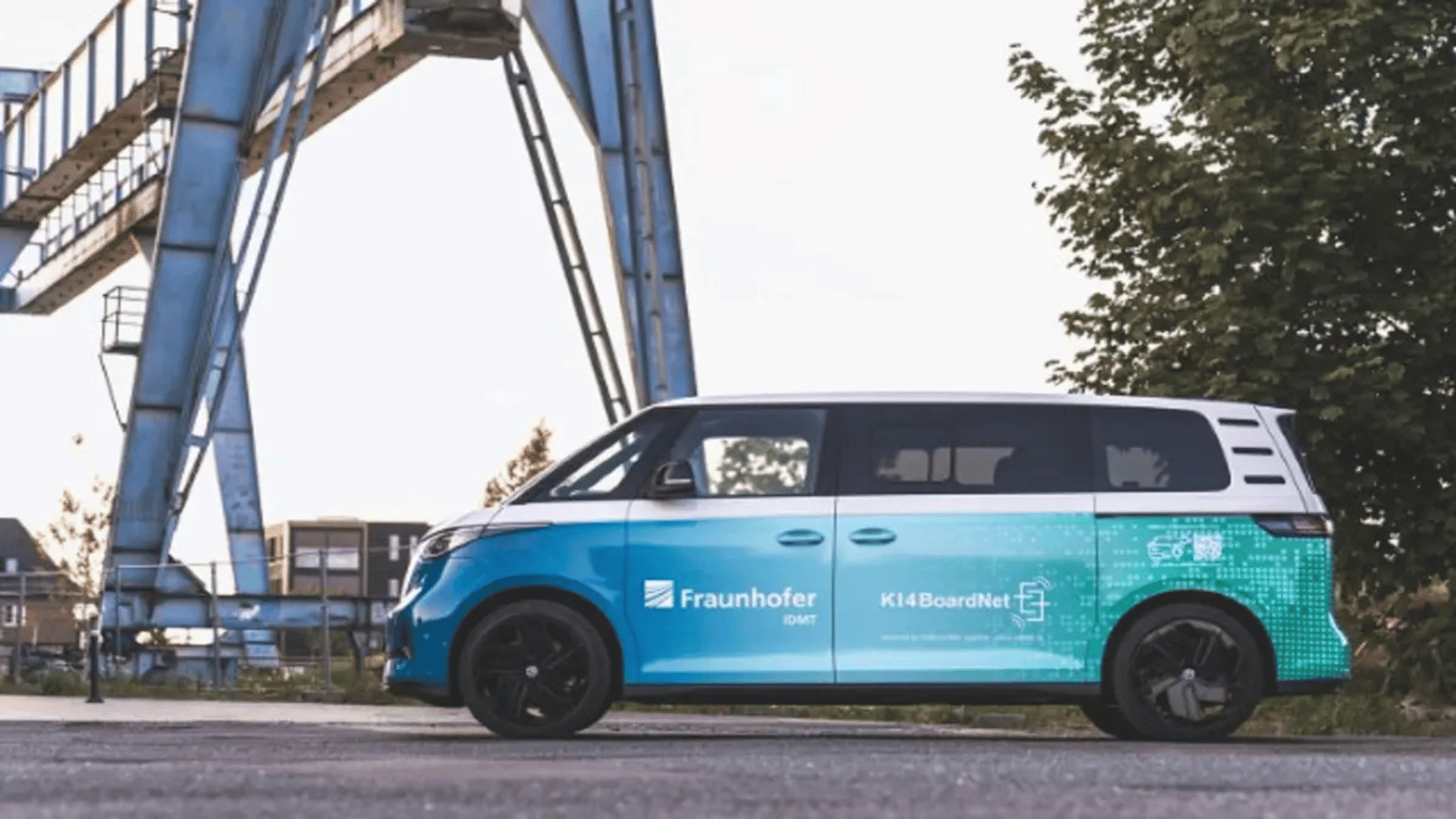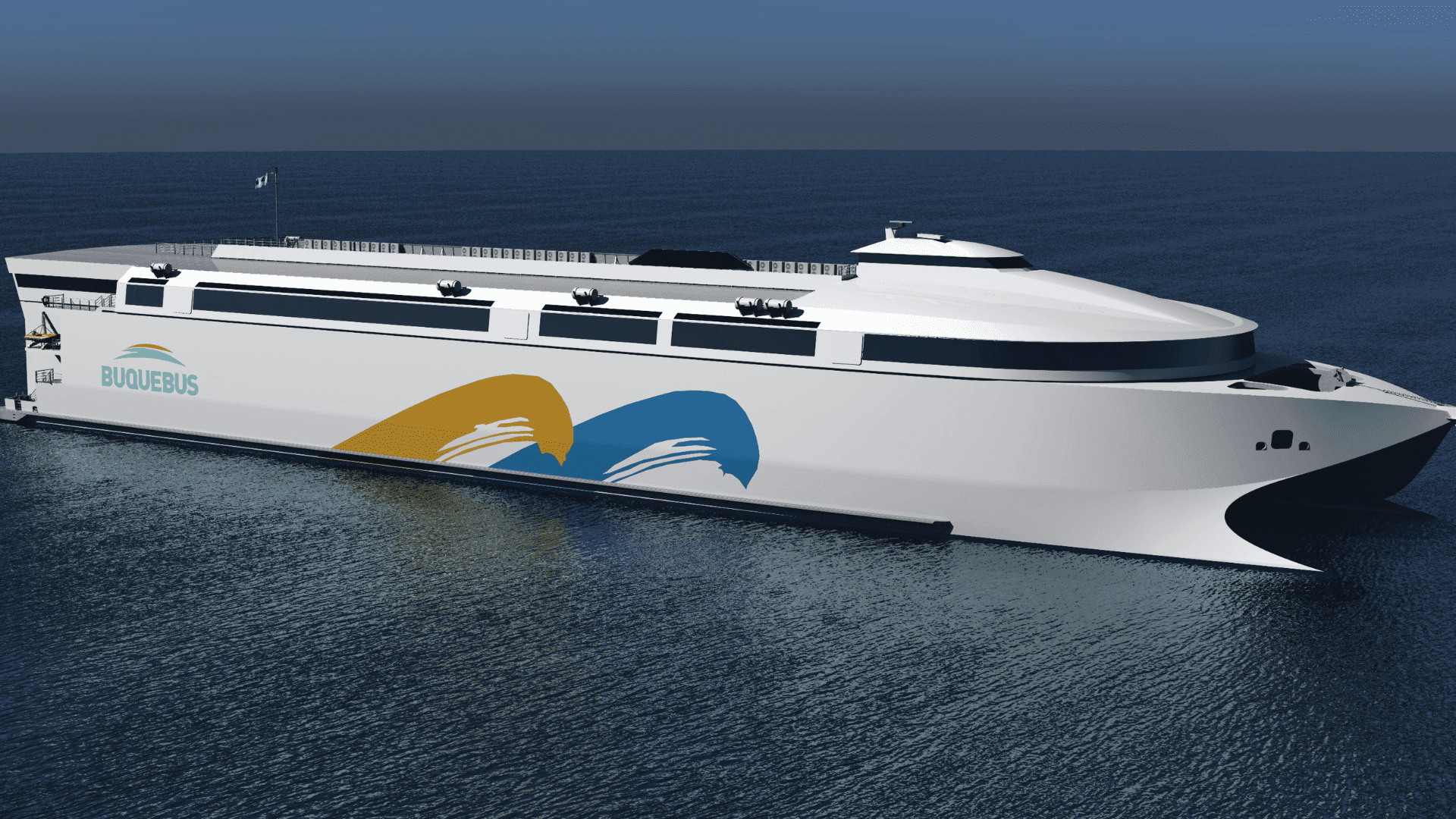Car owners are constantly listening to their vehicles to check for concerning sounds, but what if cars could do the same thing? The addition of AI acoustic technology could allow autonomous vehicles to hear their surroundings and react accordingly.
Cars That Can Listen

Though cameras and radar help autonomous cars sense their surroundings, researchers are looking to take this a step further by adding sound awareness. This would allow the vehicles to listen for sirens, other cars, and pedestrians talking and walking. Urgent sounds can even be transmitted through a driver’s headrest to help drivers respond faster.
“Being able to perceive exterior sounds and attribute them accurately is a crucial part of attentively observing the full traffic environment. After all, many situations on the road are preceded by an acoustic signal. Take an approaching emergency vehicle, for example, which alerts people to its presence by using a siren,” Moritz Brandes, who leads The Hearing Car project at Fraunhofer IDMT, stated in a press release.
This new ability could provide additional awareness and safety to autonomous vehicles because acoustic sensors can pick up data from around corners or in crowded areas, unlike optical systems that require a clear line of sight.
The demo vehicle, called The Hearing Car, is equipped with microphones and AI software that can recognize and classify sounds from the road and surrounding areas. The sensors are built to resist wind, rain, and extreme temperatures.
According to Interesting Engineering, the sound awareness technology also enables monitoring inside the cabin. For example, drivers can issue voice commands like “open the trunk,” using speaker verification to ensure only authorized voices can trigger actions.
Tools are also being layered in to monitor the drivers’ health and attention. Short-range radar measures heart rate and breathing, and voice analysis detects stress or excitement.
The car has been tested from Portugal to the Arctic Circle to stress the technology in real conditions. The prototype will be showcased from September 9–12 at the IAA MOBILITY 2025 show in Munich.







